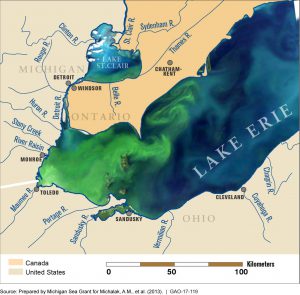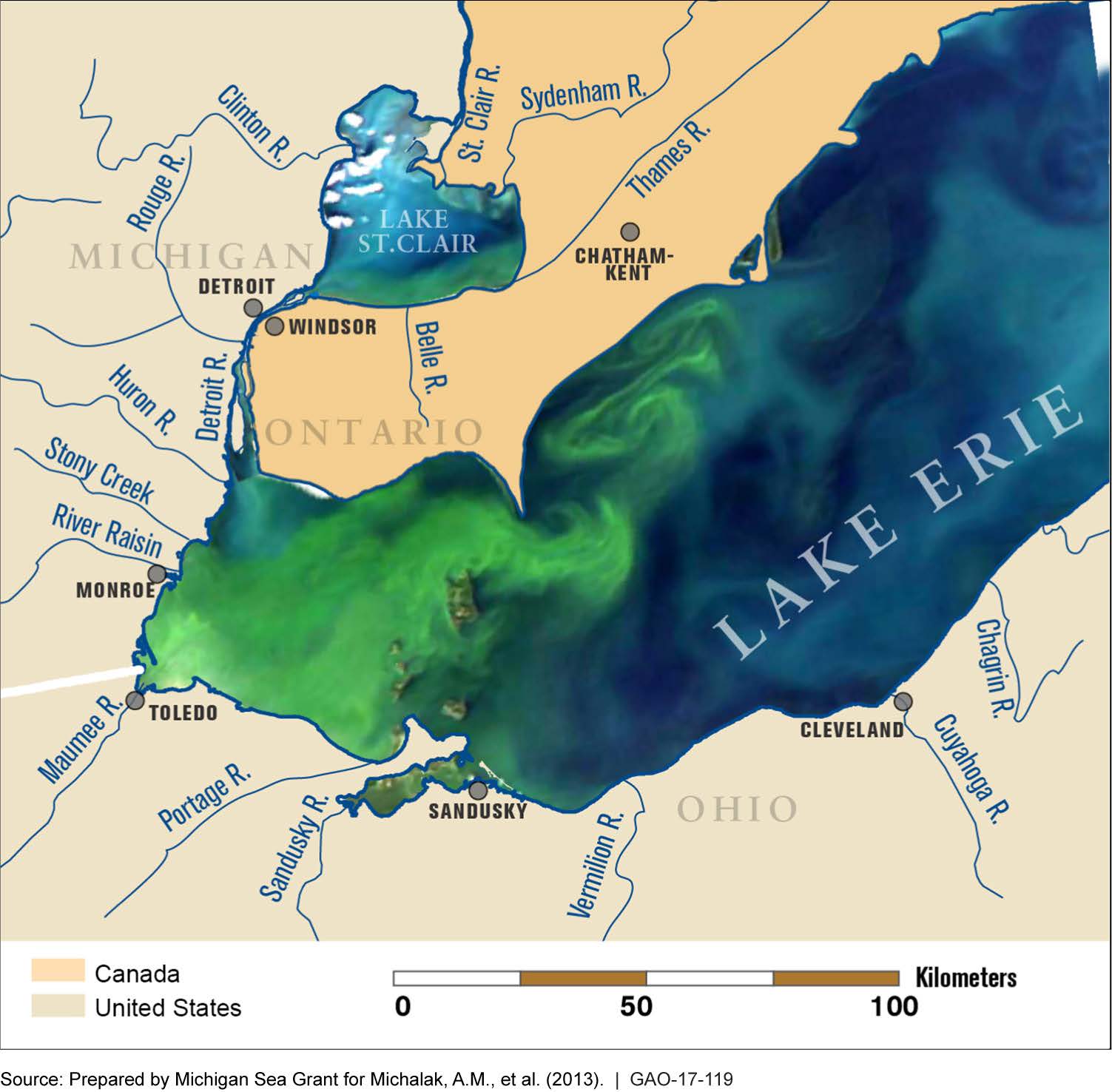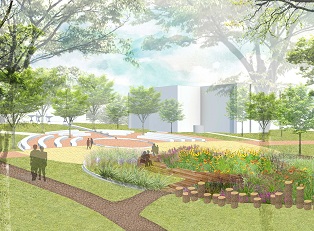On Oct. 8, an op-ed penned by John M. Erb, president and chairman of the Fred A. and Barbara M. Erb Family Foundation (Royal Oak, Mich.), appeared in the Detroit Free Press. The piece, which followed a special series of articles outlining the ecological, economical, and political problems surrounding chronic pollution in Lake St. Clair, names green stormwater infrastructure as a key part of the solution.

Lake St. Clair and Lake Erie are among many waterways neighboring Detroit that struggle with chronic water quality issues. John M. Erb, president and chairman of the Fred A. and Barbara M. Erb Family Foundation (Royal Oak, Mich.), writes in the Detroit Free Press that wider adoption of green stormwater infrastructure could help manage these problems, beautify the city, and save taxpayers money. U.S. Government Accountability Office.
From gray to green
The buildup of algae in Lake St. Clair habitually closes the lake to recreationalists. The algae build up in large part due to untreated stormwater runoff carrying land-based pollutants into the lake. Similar problems affect nearby Lake Erie, Green Bay, and Saginaw Bay, Erb writes. The city also faces complications from its combined sewer system, which oftentimes sends untreated stormwater and wastewater into streets during heavy rainstorms.
During the last 20 years, Detroit has worked to address these problems by investing approximately $1.5 billion in new collections systems, treatment facilities, and other types of gray infrastructure. By investing in green infrastructure, Erb claims that Detroit could save taxpayer money while relieving pressure on its existing gray infrastructure.
“[Green infrastructure] is not just a solution to water quality,” Erb writes. “Its triple-bottom-line benefits can beautify our communities, create jobs, and improve our health and quality of life.”
Erb writes that all the pieces are in place to capitalize on green infrastructure — the only thing missing is broad awareness of its benefits by taxpayers and decision-makers.
“With land abutting our lakes and rivers and more than 600,000 creative and resilient residents, Detroit has an unprecedented opportunity to become a leader in demonstrating the role green stormwater infrastructure can play in creating a healthier, more prosperous city.”
Read the full op-ed, “Detroit can take the lead in green infrastructure.”






